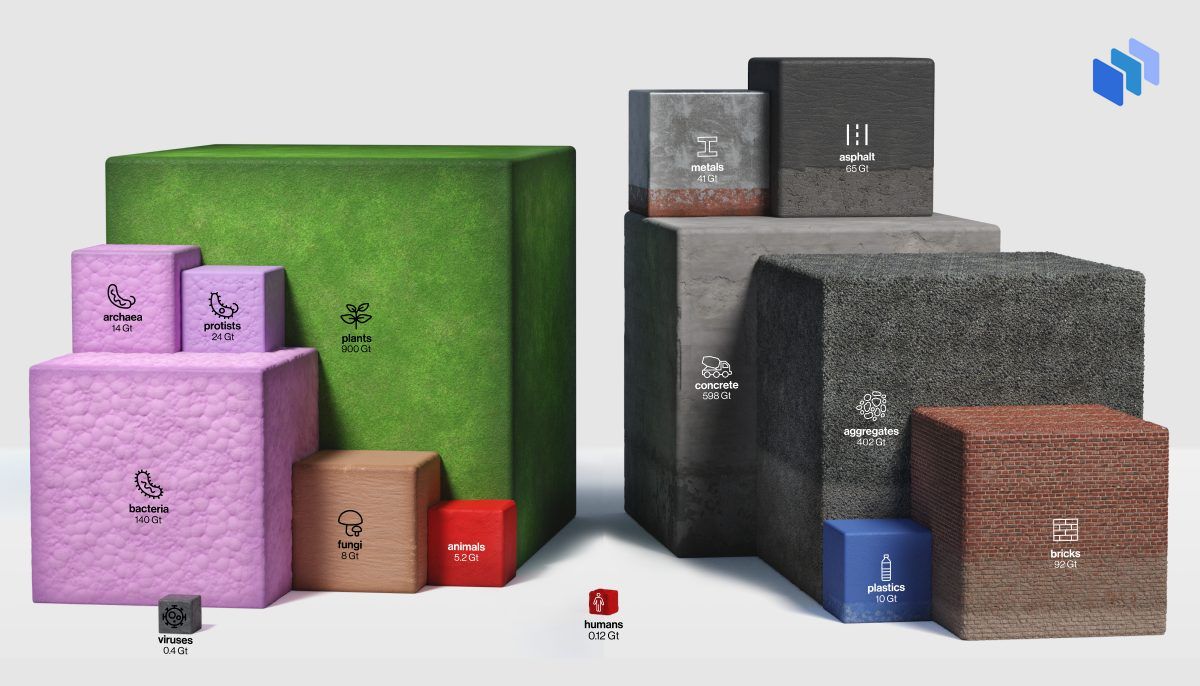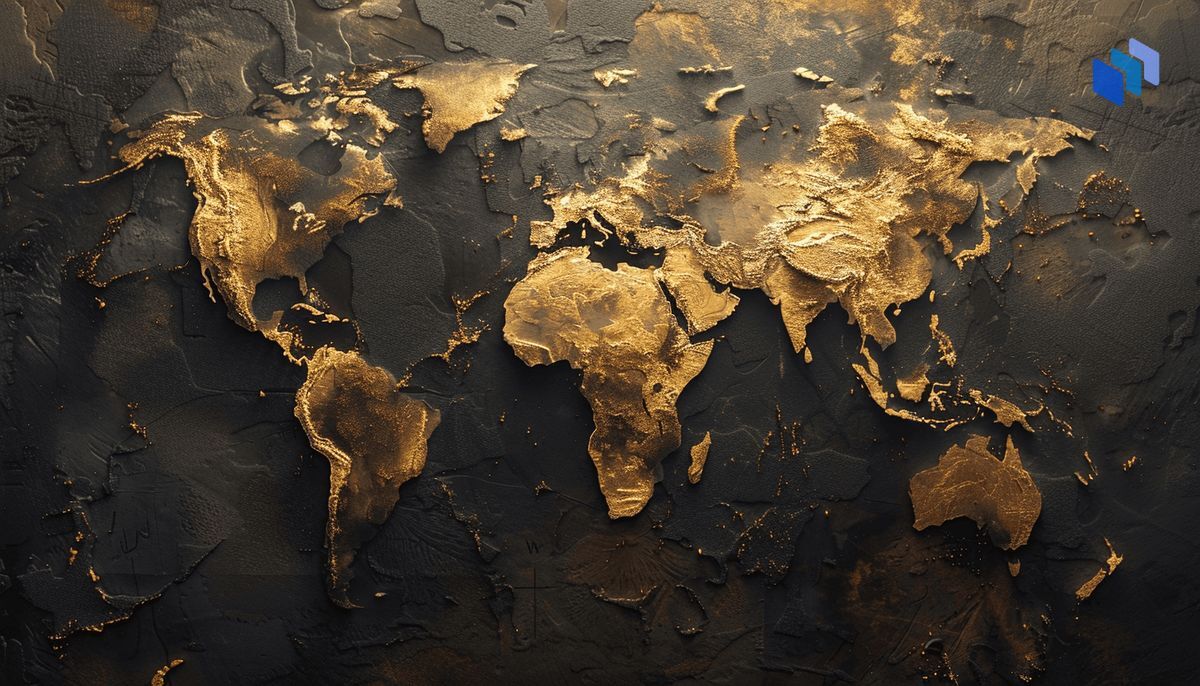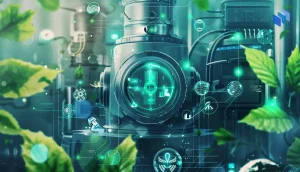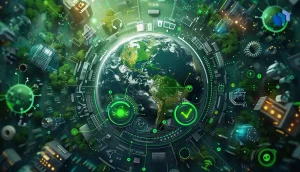The entire biomass of living organisms — including humans — is the result of 4 billion years of evolution. But in just one century, the ‘technomass’ (things built by humans) has surpassed in mass all the life on Earth.
Humans, which account for just 0.12 Gigatons, have created things that weigh 1,200 Gigatons, and the trend shows no sign of slowing down.
But what does this mean? Techopedia talked to a Johns Hopkins University professor, a conservation expert working in remote Alaska, and Acres of Ice, an organization working in the Himalayas to get the big picture and learn what is at stake as technomass grows.
Key Takeaways
- The total mass of human-made objects, or ‘technomass,’ now exceeds the biomass of all living organisms on Earth, a trend that began in the 20th century.
- Professor Brice Ménard from Johns Hopkins University talks to Techopedia about the rapid increase of technomass — driven largely by materials like concrete, metals, and plastics.
- Conservation expert Hunter Hartford McIntosh warns of the environmental impact of this growth, citing examples like microplastics infiltrating the food supply and the ongoing battle to preserve Alaska’s ecosystems.
- In the Himalayas, Acres of Ice is using technology to create man-made glaciers, aiming to address water shortages and combat the effects of glacial retreat.
- As technomass grows, it poses challenges such as habitat loss, resource depletion, and environmental degradation — perhaps new methods of visualization can change the conversation?
A Data Story Guaranteed to Blow Your Mind
On June 5, World Environment Day, Professor Brice Ménard, an astrophysicist and machine learning expert from John Hopkins University, and Nikita Shtarkman, a computer science graduate of the same university, presented Biocubes.net — a visual data story that reveals humans’ impact on the planet in a new way.
After looking at the numbers of the masses of all living things and comparing them to the mass of things humans built, Professor Ménard felt the numbers were just too big to tell a story most people could grasp.
Biocubes reveals how the amount of man-made things has dramatically increased since 1900. Today it outweighs all the mass of organic life on our planet. Most of that increase happened during our lifetime.

Professor Ménard spoke to Techopedia about the Biocubes, starting with where the data came from and later expanding on the techniques used for calculations.
“The biomass estimates are based on field studies of representative sites spanning a range of conditions — land type, climate, etc, Professor Ménard said. “These local estimates are then interpolated and generalized to the entire planet.”
Professor Ménard explained that the level of accuracy varies. “Considering the different biological kingdoms, the uncertainty ranges from 20% for plants to a factor 10 for bacteria and archaea,” Ménard said.
“This new visualization allows the user to make interesting comparisons and realize what is the amount of man-made structures needed to sustain the lifestyles we are having.”
Techopedia asked Professor Ménard if there was a ‘tipping point’ or a ‘point of no return’ to this human trend.
“I would not talk about a tipping point but a crossover point. The mass of man-made structures has kept increasing with time and will continue to do so.”
While for many this information may be new, Professor Ménard explained the findings have been in the ether for a number of years. A 2020 study came to the exact conclusion.
“That technomass now outweighs biomass on Earth is not necessarily a problem.” Professor Ménard said. “It shows that, in terms of mass, humans have impacted the surface of the Earth in one century as much as biology has done in 4 billion years.”
Professor Ménard also broke down the sectors that contribute the most to the expanding technomass.
The dominant materials used in man-made structures are concrete, aggregates (e.g., gravel), bricks, and asphalt. These are the raw materials of the buildings we live in and the roads connecting them.
“We then find metals and plastics,” Professor Ménard said. “The raw materials of electronic devices are not a dominant contribution — they typically do not weigh much compared to the structures we live in and travel on”
Meanwhile in Alaska´s Final Frontier…
Techopedia spoke to Hunter Hartford McIntosh, a conservation expert working in the remote areas of Alaska. McIntosh is the founder of the non-profit eco-cruise line; The Boat Company. Their mission is to explore and protect the Southeast of the state known as ‘The Last Frontier’.
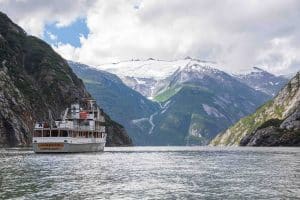
Commenting on the Biocubes, McIntosh, spoke about the ‘point of no return’ or as Professor Ménard called it ‘the crossover point’.
“As a nature-based tour operator with decades on the water along Alaska’s inside passage, I believe that we have reached that tipping point, if not crossed that line.”
“If the trend continues, life as we know it today will be changed dramatically in ways I cannot even begin to imagine,” McIntosh said. The problem is that living things and man-made things coexist side by side and this is not always a good thing.
“We have already found the first signs of trouble. Microplastics can be found across our entire food supply chain. It can be found in our bodies; it can pretty much be found everywhere.”
Speaking as a conservationist. McIntosh said that in Alaska they have been fighting against the Pebble Mine project in the Bristol Bay watershed.
In January 2023, the EPA issued a Final Determination under its Clean Water Act Section authority to help protect the Bristol Bay watershed, the most productive wild salmon ecosystem in the world. Still, in Alaska, the fight to preserve the waterways continues.
McIntosh explained that the mining project focused on copper, gold, and molybdenum. All minerals used to various degrees in every piece of electronic hardware produced today.
“All three of these elements can be found in every smartphone currently in use. I’d say that (technology) is an enormous impact.”
4,000 Meters Above Sea Level, in the Himalayan Glaciers
In February 2024, scientists declared the Hindu Kush Himalaya, a ‘biosphere on the brink‘. The Hindu Kush spreads through eight countries over 3,500 km across Asia. The area could lose 80% of its glacier volume soon.
In this region, glaciers are vital for food, water, and power for up to two billion people. Suryanarayanan Balasubramanian, an agritech expert and co-founder of Acres of Ice, reached out to Techopedia to explain how they build glaciers using new tech.
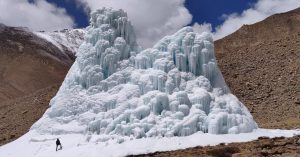
Acres of Ice tested their automation system for ice reservoir construction (AIR) in the villages of Igoo and Nang in Ladakh, nestled in a mountain valley, about 4,000 meters above sea level. The area has seen water availability reduced significantly. The culprit? Glacial retreat, warming climates, and changing snowfall patterns.
Combining special pipelines, weather stations, 3D printed fountains, electronic control boards, and mechanized valves, Acres of Ice generated twice as much water storage than previous systems. The tech also increased water use efficiency by more than 80%.
These man-made glaciers are just one of the several projects that not only challenge traditional sustainability using technology but break the ‘human-made things vs. the mass of living things’ cycle.
Back in Alaska
In Alaska, McIntosh explained how preserving environments is also a way to balance out the equation. For example, the Tongass National Forest of Southeast, the old-growth Sitka Spruce, and Western Hemlock can sequester vast amounts of carbon emissions.
McIntosh said scientists also discovered a significantly more sustainable resource that can be farmed worldwide: Kelp. Kelp has the capacity to sequester carbon, It can be grown, harvested, and turned into several products from food for us to eat to natural fertilizers.
While the Biocubes visualization does not present data or conclusions on environmental impacts, the continual advancement of industrialization has been linked to a wider range of impacts by countless scientific studies.
Large-scale construction projects such as roads, infrastructure, or hydroelectric dams often displace communities creating social unrest and impacting health and quality of life.
Additionally, as human-made mass grows, raw materials, which are limited on our planet, continue to deplete, while management of natural resources, recycling, and new materials are expected to turn the unsustainable situation around.
Naturally, habitat and biodiversity loss, fragmentation, ecosystem impacts, and waste are also problems connected to the expansion of the technomass.
The Bottom Line: Why Data Matter Most Today
“The Earth is a large ecosystem relying on complex dependencies,” Professor Ménard from John Hopkins University said. “Fully appreciating our impact can only be done through actual data”.
Professor Ménard from Johns Hopkins University told Techopedia that carbon emissions are already measured in terms of mass. “A round trip flight between Paris and New York is about 2 tons of CO2,” the Professor said.
“A number without context is difficult to appreciate. Perhaps we should consider a new visualization project to compare the dominant carbon emission sources to massive quantities people are more familiar with.”
